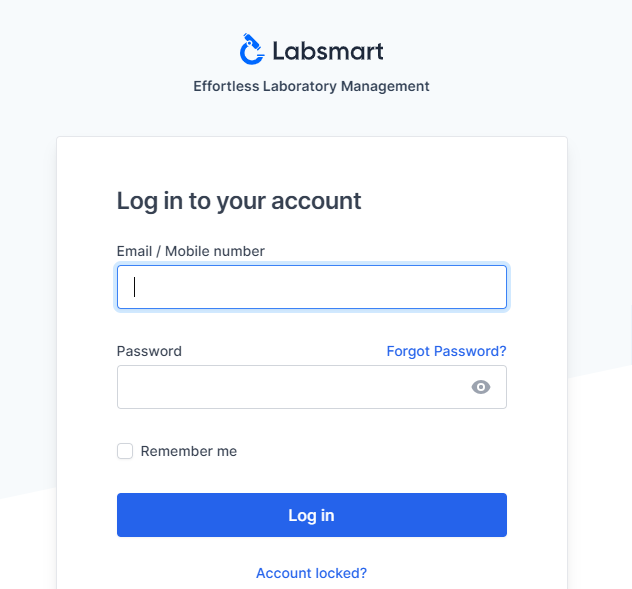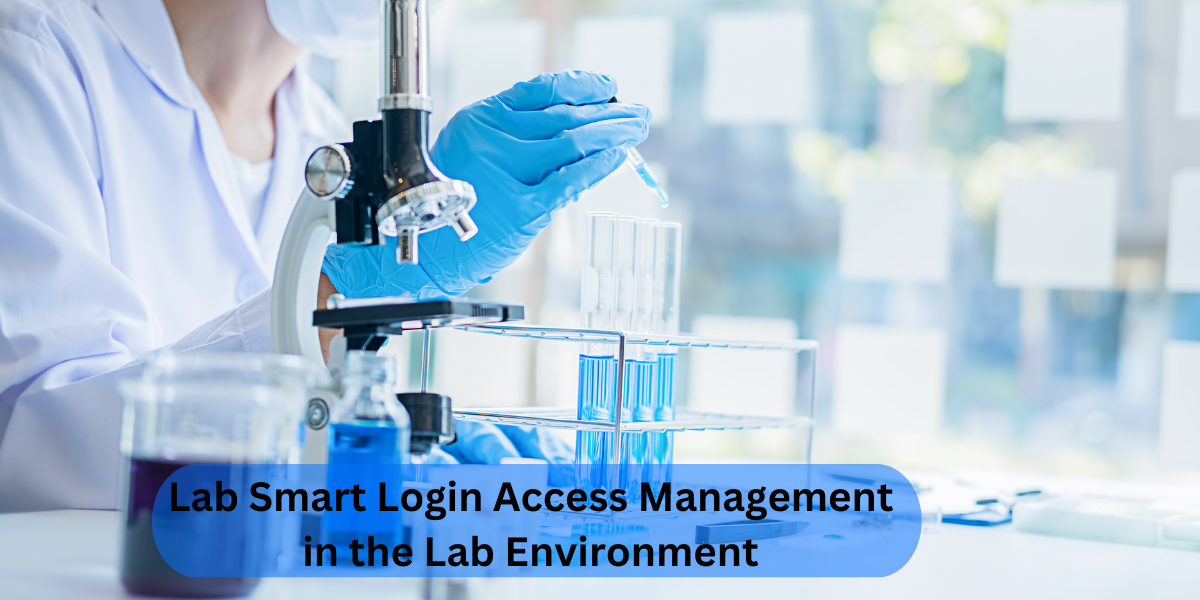In today’s fast-paced world, laboratories are increasingly adopting innovative technologies to streamline operations and enhance security. One such advancement is the Lab Smart Login system. This article delves into what Lab Smart Login is, its benefits, implementation strategies, and addresses frequently asked questions to provide a comprehensive overview.
What is Lab Smart Login?
Lab Smart is a secure authentication method designed for laboratories to manage access to sensitive data and equipment effectively. It employs advanced technologies such as biometric recognition, RFID tags, and two-factor authentication to ensure that only authorized personnel can access laboratory resources. This system not only enhances security but also streamlines the login process, reducing the time spent on manual entry and improving overall efficiency.
Read Also: BigTechOrol: Your Ultimate Guide
How to Implement Lab Smart Login

Implementing a Lab Smart Login system requires careful planning and execution. Here are the steps to guide the process:
Step 1: Assess Needs
Evaluate the specific needs of your laboratory. Consider factors such as the number of users, types of data, and security requirements.
Step 2: Choose the Right Technology
Select the appropriate authentication methods (biometric, RFID, etc.) based on your laboratory’s requirements and budget.
Step 3: Develop a Comprehensive Plan
Create a detailed implementation plan outlining timelines, resources, and responsibilities. Include training for staff to ensure a smooth transition.
Step 4: Install the System
Work with a reputable vendor to install the Lab Smart Login system. Ensure that all hardware and software components are configured correctly.
Step 5: Test and Validate
Conduct thorough testing to ensure that the system functions as intended. Address any issues before going live.
Step 6: Launch and Monitor
Once the system is operational, monitor its performance regularly. Gather feedback from users and make necessary adjustments to improve functionality.
Step 7: Maintain and Update
Regular maintenance and updates are essential to keep the system secure and functional. Schedule periodic reviews to ensure continued effectiveness.
Read Also: Everything You Need to Know About BlogsterNation.com
Challenges in Lab Smart Login Implementation
1. Initial Costs
The upfront costs of implementing Lab Smart Login can be high, potentially deterring some laboratories from adopting the technology.
2. Resistance to Change
Some staff members may be resistant to new technology, necessitating effective change management strategies to facilitate the transition.
3. Technical Issues
Integration with existing systems and potential technical glitches can pose challenges during implementation. Collaborating with experienced vendors can mitigate these risks.
Future of Lab Smart Login
The future of Lab Smart Login looks promising as technology continues to evolve. Here are some trends to watch for:
1. Artificial Intelligence
AI will likely play a crucial role in enhancing security and automating user access management.
2. Increased Mobility
Mobile access solutions will allow laboratory personnel to log in from various devices, further improving convenience and efficiency.
3. Integration with IoT
As laboratories increasingly adopt IoT devices, Lab Smart Login systems will need to integrate seamlessly with these technologies to ensure secure access to connected devices.
4. Enhanced Data Analytics
Advanced analytics will provide insights into user behavior, allowing laboratories to optimize their access management strategies.
Key Features of Lab Smart
1. Biometric Authentication
Biometric authentication uses unique physical characteristics such as fingerprints, facial recognition, or iris scans to verify identity.
2. RFID Integration
Radio Frequency Identification (RFID) allows users to access laboratory resources by simply scanning their RFID tags, facilitating quick and secure entry.
3. Two-Factor Authentication (2FA)
2FA adds an extra layer of security by requiring a second form of verification, such as a mobile verification code, in addition to the standard login credentials.
4. User Management Dashboard
A centralized dashboard enables administrators to monitor user access, manage permissions, and generate reports.
5. Audit Trails
Lab Smart systems maintain detailed logs of user activities, allowing for better accountability and compliance with regulatory requirements.
| Feature | Description |
|---|---|
| Biometric Authentication | Uses unique physical traits for user verification. |
| RFID Integration | Allows quick access through RFID tags. |
| Two-Factor Authentication | Enhances security with a second verification step. |
| User Management Dashboard | Centralizes user access management and reporting. |
| Audit Trails | Logs user activities for compliance and accountability. |
Benefits of Implementing Lab Smart
1. Enhanced Security
With the increase in data breaches and unauthorized access, Lab Smart provides a robust security framework that significantly reduces the risk of unauthorized access.
2. Improved Efficiency
By streamlining the login process and reducing manual entry, laboratories can enhance productivity and allow researchers to focus on their core tasks.
3. Regulatory Compliance
Laboratories often have to comply with stringent regulations regarding data access. Lab Smart helps maintain compliance by providing secure access control and detailed audit trails.
4. User-Friendly Interface
The intuitive design of Lab Smart systems ensures that users can quickly adapt to the new technology without extensive training.
5. Cost-Effectiveness
Although the initial investment may seem high, the long-term savings from reduced security incidents and increased efficiency make Lab Smart a cost-effective solution.
Frequently Asked Questions (FAQs)
Q1: What is the primary purpose of Lab Smart Login?
The primary purpose of Lab Smart Login is to enhance security and streamline access management in laboratories by using advanced authentication technologies.
Q2: How does biometric authentication work in Lab Smart Login?
Biometric authentication verifies a user’s identity by analyzing unique physical characteristics, such as fingerprints or facial features, providing a high level of security.
Q3: What are the advantages of RFID integration in Lab Smart Login?
RFID integration allows for quick and convenient access to laboratory resources by scanning an RFID tag, reducing waiting times and enhancing operational efficiency.
Q4: Can Lab Smart help with regulatory compliance?
Yes, Lab Smart systems provide secure access control and maintain detailed audit trails, helping laboratories meet regulatory compliance requirements.
Q5: What challenges might laboratories face when implementing Lab Smart?
Challenges may include initial costs, resistance to change from staff, and potential technical issues during integration.
Q6: How can laboratories ensure the successful implementation of Lab Smart?
By assessing needs, selecting the right technology, developing a comprehensive plan, and providing staff training, laboratories can ensure a smooth implementation process.
Conclusion
Implementing a Lab Smart Login system is a strategic move for laboratories seeking to enhance security, improve efficiency, and comply with regulatory requirements. By understanding its features, benefits, and implementation strategies, laboratories can successfully navigate the transition to a more secure and efficient access management solution.









